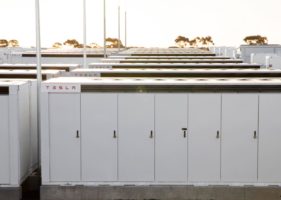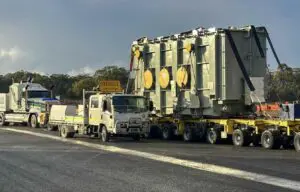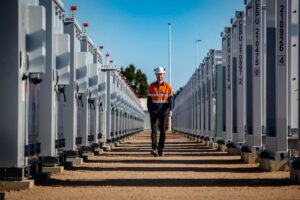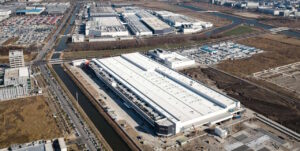The federal Labor government says its latest tender for dispatchable capacity under the Capacity Investment Scheme has been swamped with offers, with the call for proposals for up to 2,000 megawatt hours of storage more than six times oversubscribed.
The tender in Western Australia is the latest of a series seeking new dispatchable capacity across the country, part of the goal to secure 23 gigawatts of new wind and solar capacity and 9 GW and 36 GWh of battery storage capacity to help meet the 2030 target of 82 per cent renewables.
Federal energy minister Chris Bowen says that the W.A. tender – which closed on Monday, August 19 – received 15 different bids totalling 13,060 MWh of storage and 2,502 MW of total capacity.
It follows an equally enthusiast response to the first storage tender for battery storage in Victoria and South Australia, which was also heavily oversubscribed, as was the first tender for 6 GW of new wind and solar capacity.
- The W.A. grid – which stands as the biggest isolated grid in the world – is seeing a remarkable surge in battery story investment, largely because its remaining coal fired power stations are due to close at the end of the decade, and because it needs to store excess solar output for use at peak times as it has no connections to other states.
Two of the country’s biggest batteries – both at 2,000 megawatt hours or more – are already under construction at Collie, the state’s coal centre, by Neoen and Synergy, and have won contracts to soak up solar in the middle of the day and feed it back into the grid in the evening peaks.
Other battery projects are being built at Kwinana and Wagerup, and two others – at Merredin and Waroona – have also lined up to receive capacity credits from 2026 under the state’s energy market design.
The CIS mechanism provides a sort of underwriting agreement by providing a revenue floor which helps new projects secure finance. But there is also a revenue ceiling, which requires the owner to pays the Commonwealth an agreed percentage of revenue above that ceiling.
The Commonwealth would pay the project when revenue is below the revenue floor, but not when the revenue is below zero.
Bowen used the occasion to attack the Coalition’s vague nuclear proposals, which canvass building nuclear power stations at seven sites across the country, including at Collie.
Bowen says limited water access at Collie would restrict nuclear output to just one tenth of the capacity offered in the first CIS tender.
Peter Dutton’s nuclear plans for Muja Power Station would not have access to enough water to be able to deliver anything close to the energy the people of WA need,” Bowen said in a statement.
“The Albanese Government is unlocking renewable energy investment in WA now, which will deliver more power this decade than Dutton’s Collie nuclear reactor ever could.
“It’s up to Peter Dutton to explain where the water is going to come from and why he would risk significant investment in WA’s energy industry to chase an expensive pipe dream that can’t keep the lights on.”










